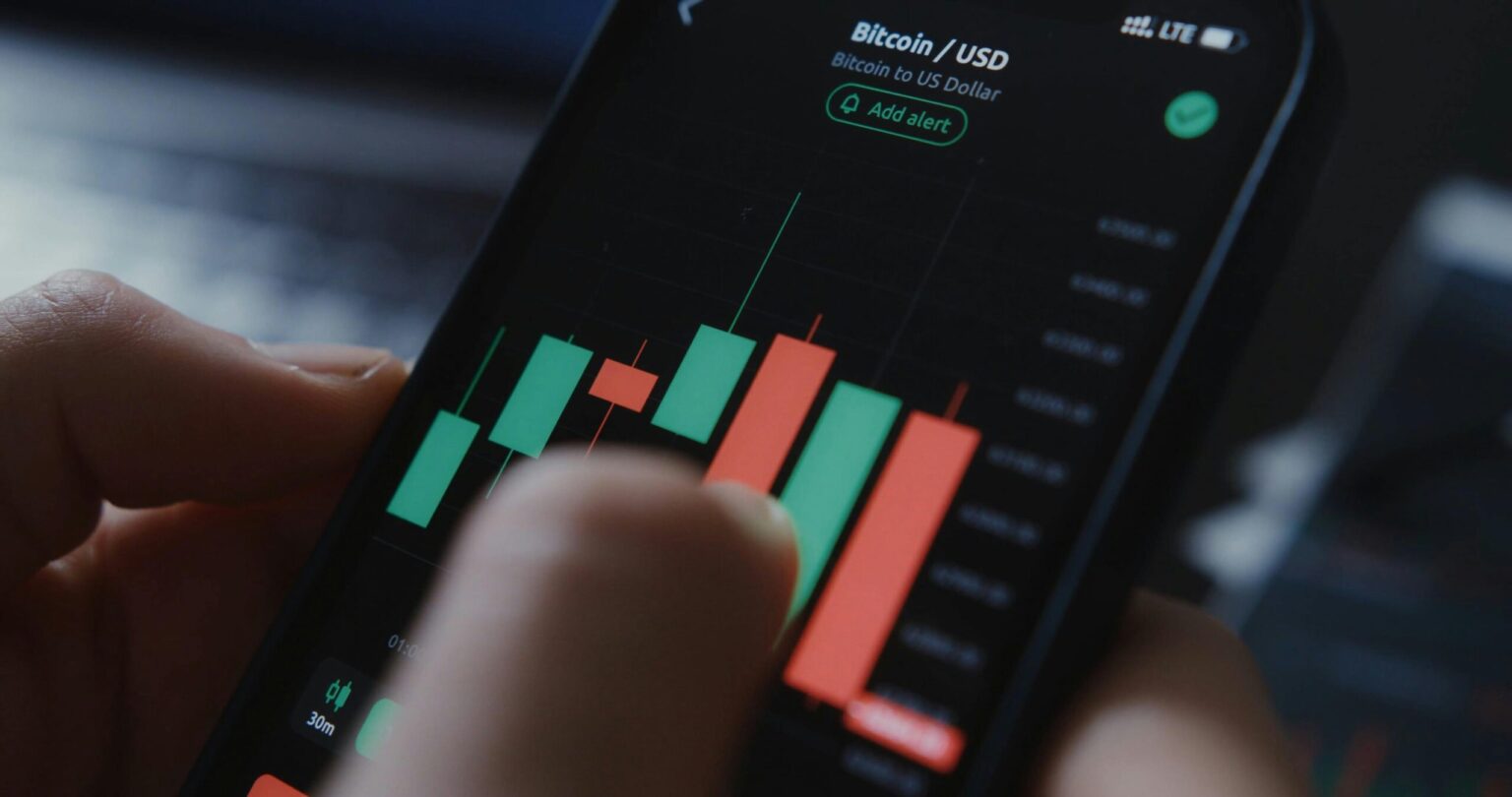In the ever-evolving financial landscape, cryptocurrencies continue to captivate investors and analysts alike. Among these digital assets, Bitcoin remains a focal point, often reflecting broader economic shifts. Recently, Bitcoin’s price journey has sparked considerable interest, as it broke through the $100,000 threshold. This surge coincided with pivotal discussions between US and Chinese officials regarding trade agreements, which revitalized market optimism. However, beneath this optimistic facade, experts suggest that global liquidity might be the true driving force behind Bitcoin’s recent performance.
Understanding Bitcoin’s Price Surge: The Hidden Role of Global Liquidity
Global M2 Money Supply at A Record High
The concept of global liquidity as a key determinant of Bitcoin’s price trajectory has gained traction, with financial experts offering their insights into this complex relationship. Julien Bittel, a respected macroeconomic researcher affiliated with Global Macro Investor, emphasizes the significance of the global M2 money supply as a precursor to Bitcoin’s price movements. Bittel’s research highlights a noteworthy 12-week lag between changes in global M2 and Bitcoin’s value, suggesting that as M2 expands, Bitcoin’s price typically follows, albeit with a delay.
Over the course of 2023 to 2024, the global M2 money supply experienced a noteworthy ascension, increasing from $98 trillion to over $108 trillion, which paralleled Bitcoin’s surge past the $100,000 mark. However, a temporary plateau in M2 led to Bitcoin’s consolidation below $80,000. As M2 resumes its upward trajectory, recently surpassing $111 trillion, Bittel is optimistic about Bitcoin’s continued growth, projecting further price increases into 2025.
M2 and Bitcoin: Diverging Perspectives
While Bittel’s analysis presents a compelling correlation between M2 and Bitcoin, not all experts concur with this linear relationship. Benjamin Cohen, a prominent market analyst, challenges the notion that Bitcoin consistently lags behind liquidity changes. He argues that historical events, such as Bitcoin’s peaks in 2017 and 2021, occurred prior to M2’s peak, suggesting that Bitcoin may sometimes lead liquidity shifts. This perspective raises the possibility that Bitcoin’s recent ascent could be a precursor to potential liquidity contractions rather than a response to an expanding money supply.
The Impact of Market Disruptions: The FTX Collapse
Cohen’s analysis also highlights the significant role that external market events, like the 2022 FTX collapse, play in influencing Bitcoin’s price dynamics. During this period, Bitcoin experienced a notable decline, aligning with a trough in M2 but exacerbated by the fallout from the exchange’s failure. This incident underscores the complexities of relying solely on M2 as a predictive tool, as unforeseen market disruptions can substantially alter Bitcoin’s expected trajectory.
In conclusion, the interplay between global liquidity and Bitcoin’s valuation is intricate, involving a myriad of factors beyond M2. As experts continue to dissect these dynamics, understanding Bitcoin’s behavior requires a nuanced assessment of market trends, liquidity conditions, and external economic events.
Is Bitcoin’s Price Directly Correlated with Global Liquidity?
While Bitcoin’s price often mirrors changes in global liquidity, other factors such as market sentiment, regulatory changes, and macroeconomic events also play crucial roles. Thus, while M2 can be a valuable indicator, relying solely on it without considering other variables may not provide a comprehensive picture.
Could Bitcoin Act as a Leading Indicator for Liquidity Changes?
There is debate among analysts regarding Bitcoin’s role as a leading or lagging indicator of liquidity shifts. While some believe Bitcoin’s movements can precede liquidity changes, historical data shows mixed results, suggesting the relationship is complex and context-dependent.
How Do Market Disruptions Affect Bitcoin’s Price?
Market disruptions, such as exchange collapses or significant regulatory changes, can significantly impact Bitcoin’s price trajectory. These events can cause deviations from predicted paths, emphasizing the importance of a comprehensive analysis that incorporates potential market shocks.
This comprehensive guide delves into the intricacies of Bitcoin’s price movements, exploring the influence of global liquidity alongside other pivotal factors. By understanding these dynamics, readers are better equipped to navigate the volatile cryptocurrency landscape and make informed decisions.

